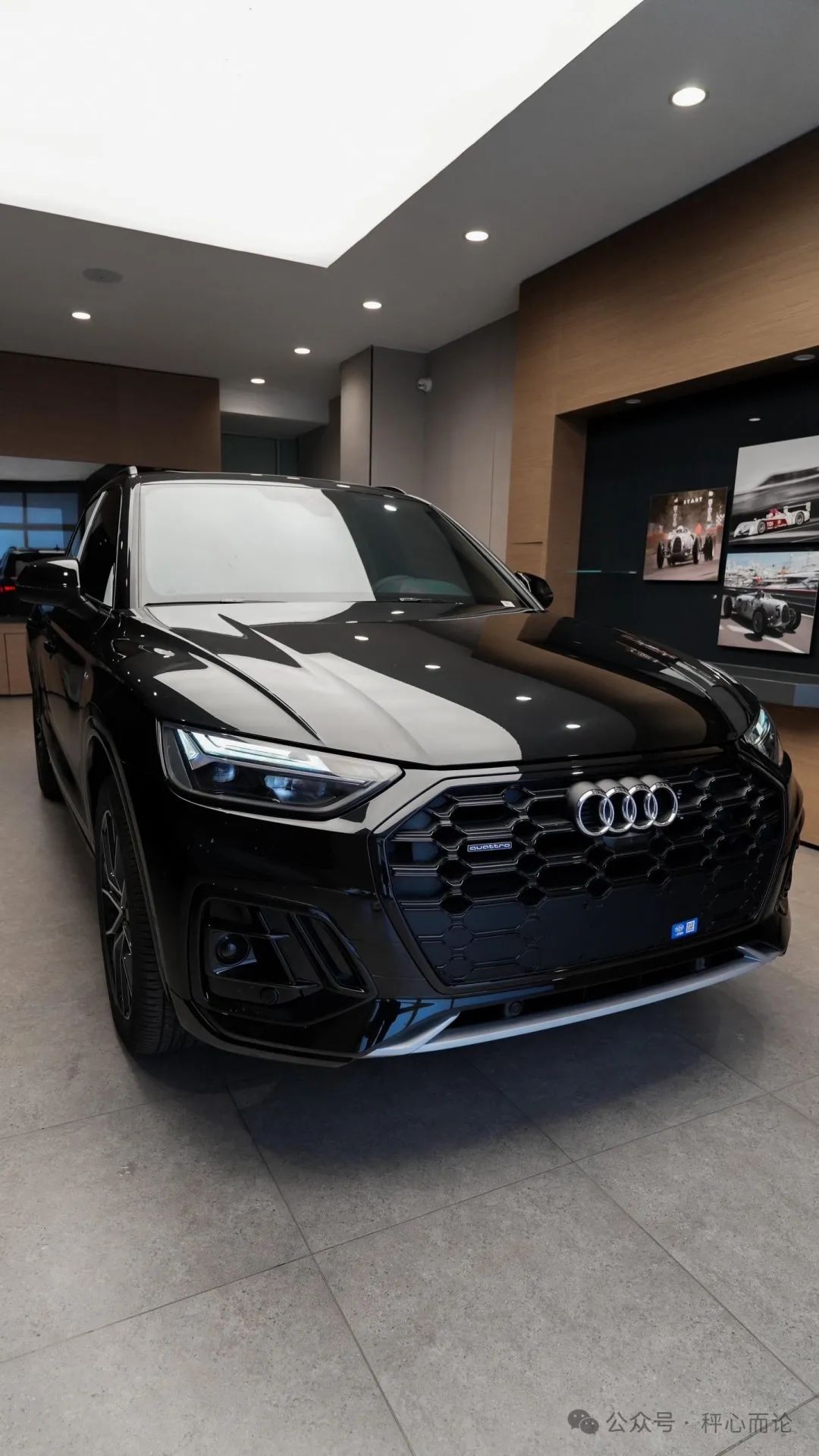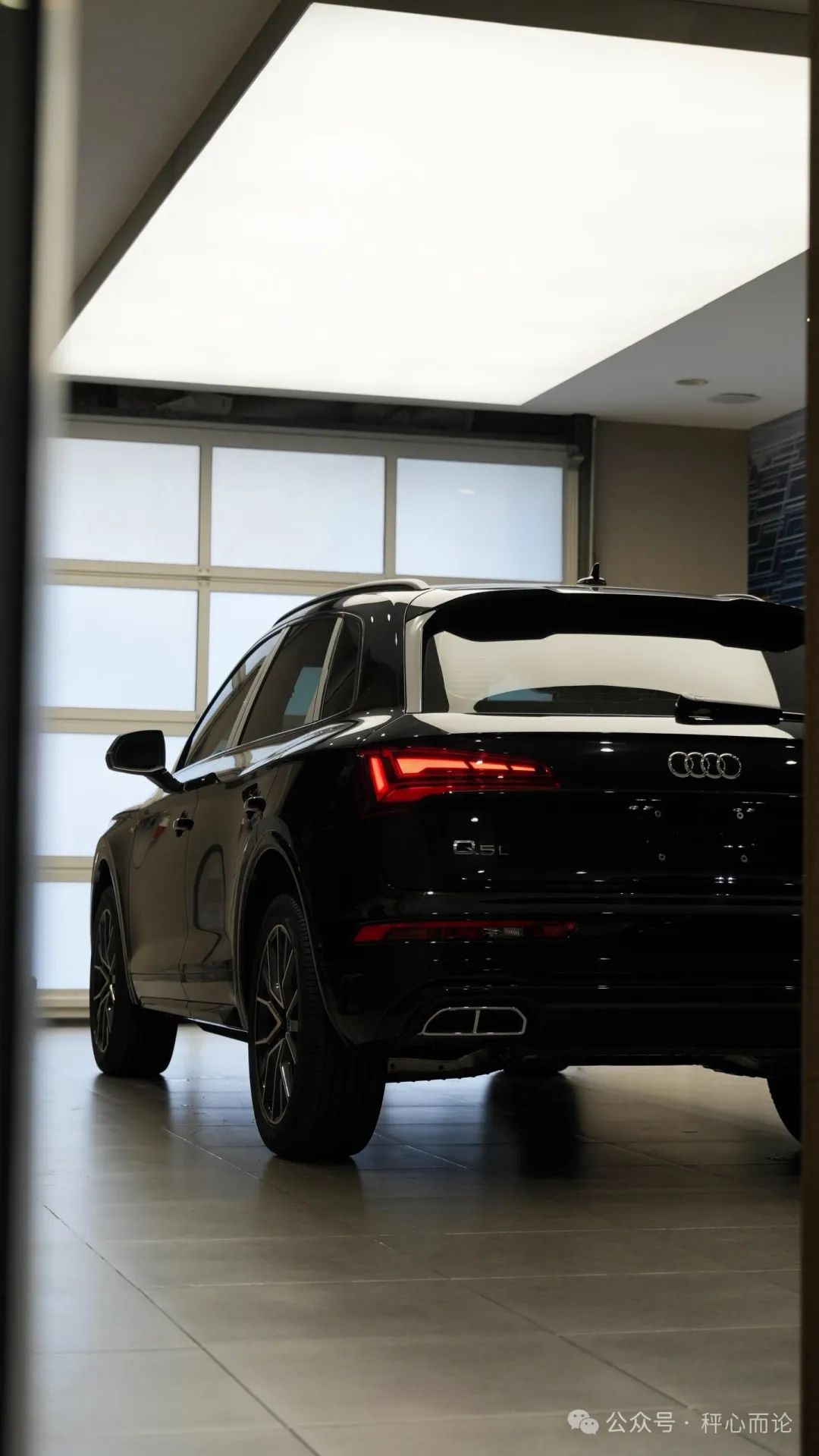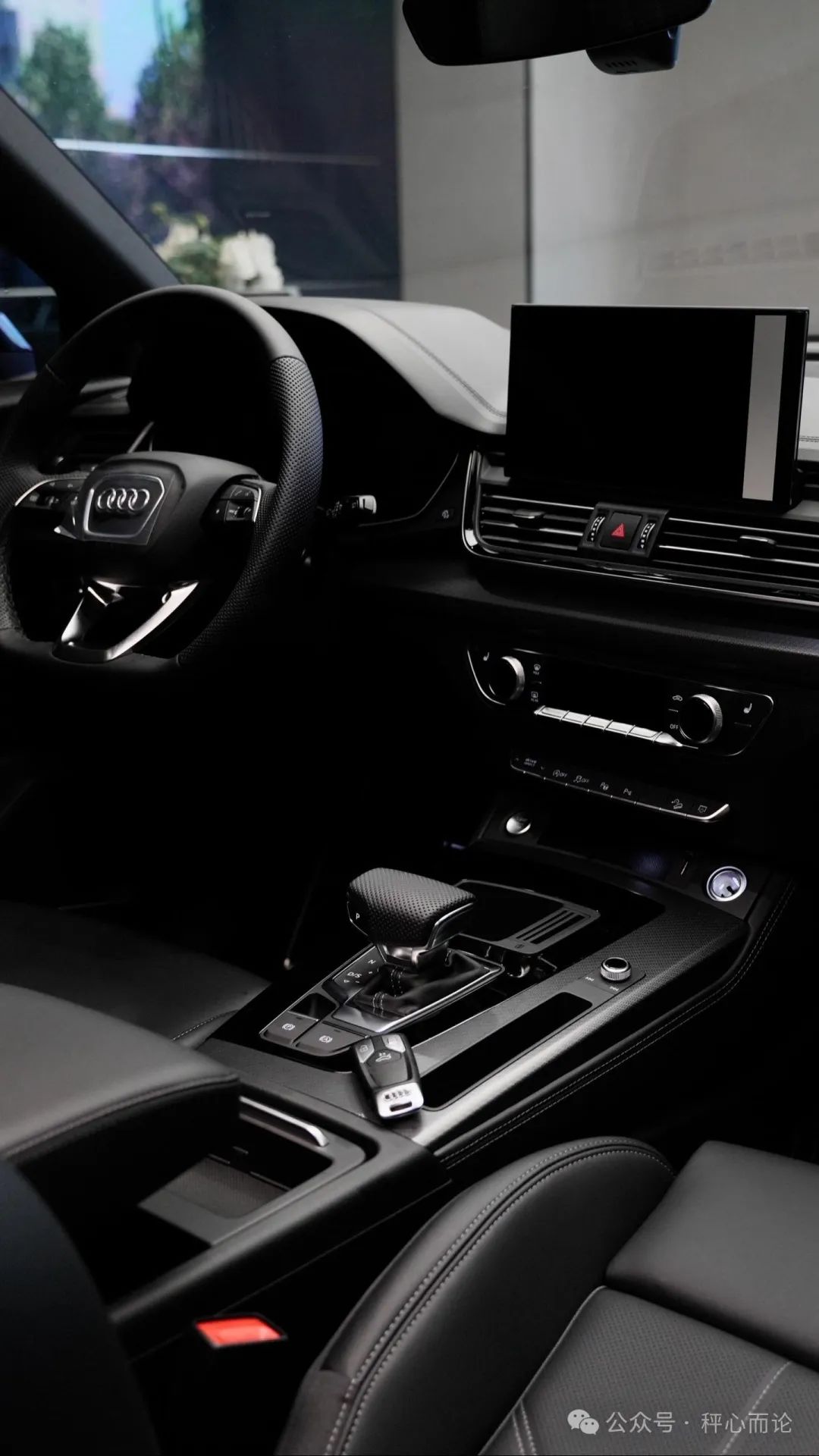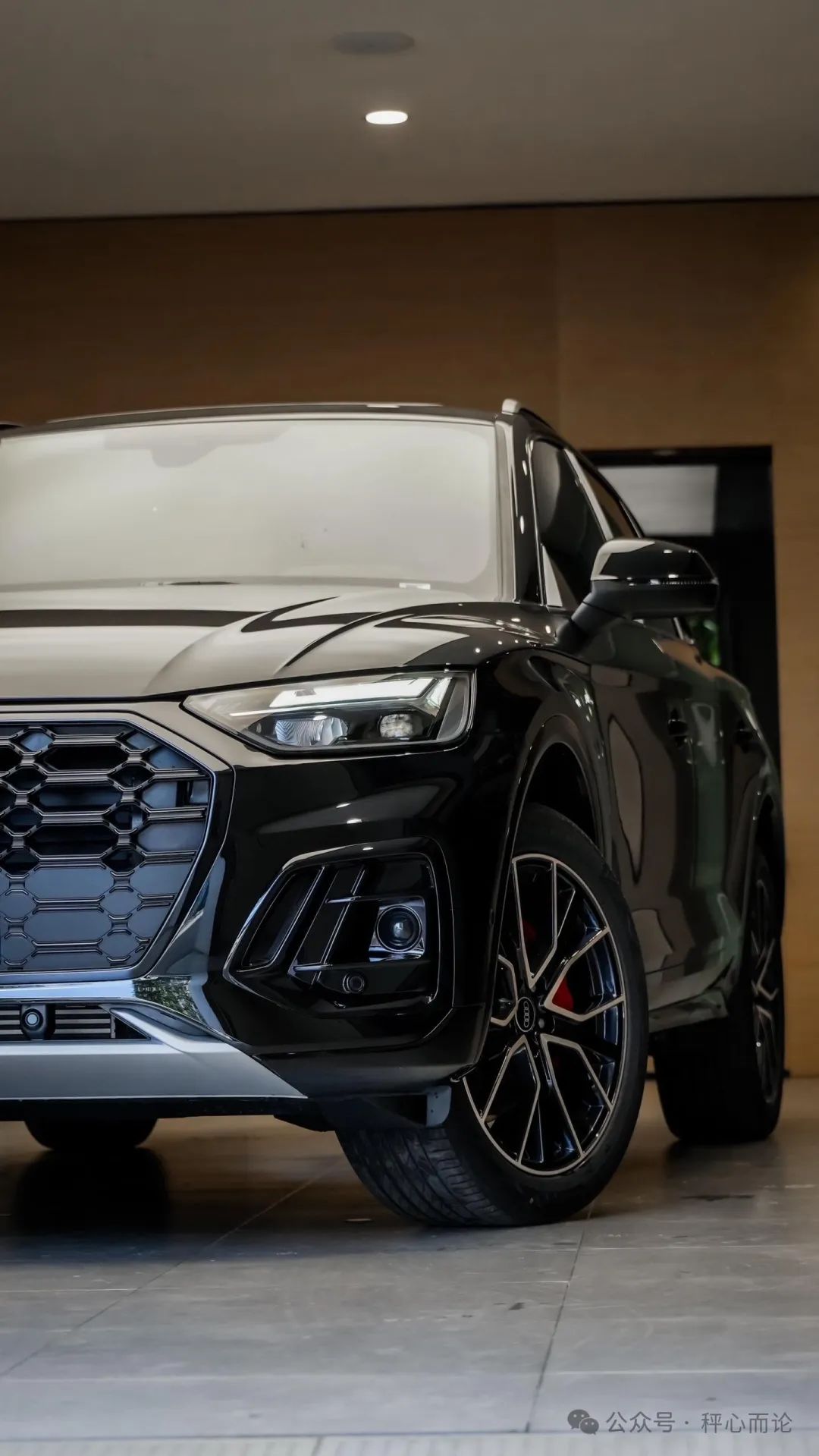
The recent clearance sale of the Audi Q5L, with a final price of just 238,800 Yuan (approximately $34,000), has sent shockwaves through the automotive community. Owners of older models are expressing their frustration and discontent as they realize that their vehicles, which were once perceived as luxury items, are now being sold at such a low price.
The discount offers and promotions on the Q5L have not only influenced the current market prices but also have dismantled the perceived value of older models. Loyalty among previous owners seems to be faltering as many question the worth of their investments. The bargaining power of consumers has shifted dramatically, making previously premium brands more accessible to the common buyer.
As the automotive industry continually evolves, price strategies play a critical role in determining consumer satisfaction and brand loyalty. Audi’s move is a clear indication of market trends and the competitive nature of the automotive sector.

For current owners and potential buyers, this development raises questions about the future of vehicle resale values and the ongoing impact of pricing strategies in luxury automotive markets. While some may see this as an opportunity, others are grappling with the implications of such significant price decreases.

As more consumers become aware of the changing climate, the dynamics of car ownership are shifting, making previously unattainable luxury brands a reality for a wider audience.

In the end, while enthusiasts may lament the decline in prestige associated with luxury vehicles, the market is clearly moving towards an era of accessibility.





